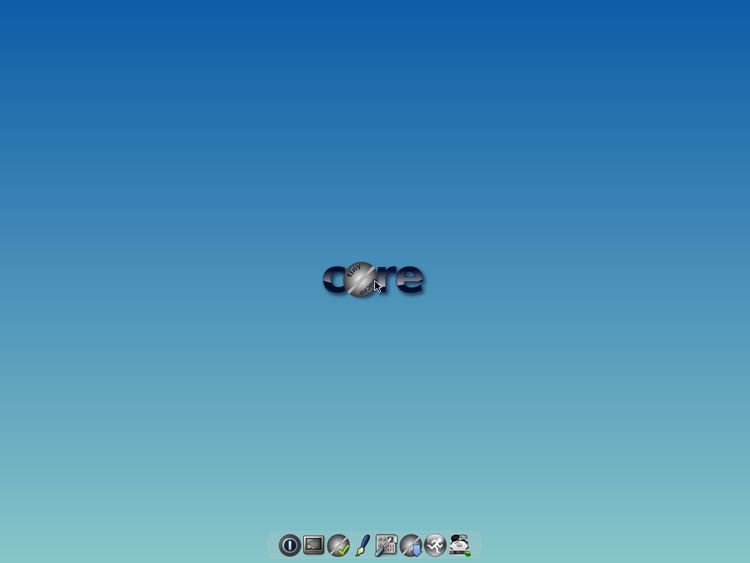Working state Current Available in English | ||
 | ||
Initial release January 5, 2009; 8 years ago (2009-01-05) Latest release 7.2 / July 4, 2016; 8 months ago (2016-07-04) Package manager appbrowser (GUI) / tce (CLI) | ||
Tiny Core Linux (TCL) is a minimal Linux operating system focusing on providing a base system using BusyBox and FLTK, developed by Robert Shingledecker. The distribution is notable for its small size (11 to 16 MB) and minimalism; additional functions are provided by extensions. Tiny Core Linux is free and open source software and is licensed under the GNU General Public License version 2.
Contents
Types of "Cores"
"Tiny Core" (16 MB) is the recommended option for new users who have a wired network connection. It includes the base Core system and a dynamic FLTK/FLWM graphical user interface.
"Core" (11 MB) (also known as "Micro Core Linux") is a smaller variant of Tiny Core without a graphical desktop, though additional extensions can be added to create a system with a graphical desktop environment.
"dCore" (12 MB) is a core made from Debian Wheezy compatible files that uses import and the SCE package format, the new generation self-contained package format for the Tiny Core distribution since 5.x series.
"CorePure64" is a notable port of "Core" to the x86_64 architecture.
"Core Plus" (106 MB) is "an installation image and not the distribution". It is composed of Tiny Core with additional functionality, most notably wireless support and non-US keyboard support.
"piCore" is the Raspberry Pi port of "Core."
System requirements
Minimal configuration: Tiny Core needs at least 46 MB of RAM in order to run, and Core requires at least 28 MB of RAM. The minimum CPU is an i486DX.
Recommended configuration: A Pentium 2 CPU and 128 MB of RAM are recommended for Tiny Core.
Design philosophy
The developers describe TCL as "a nomadic ultra small graphical desktop operating system capable of booting from cdrom, pendrive, or frugally from a hard drive." As of version 2.8.1, the core is designed to run primarily in RAM but with three distinct modes of operation:
